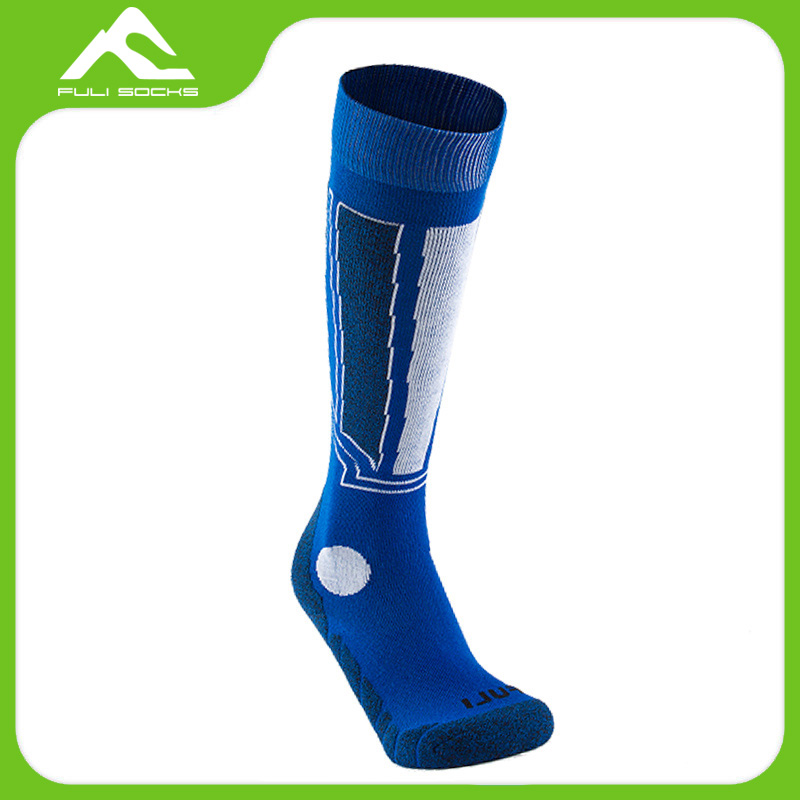How should one choose the right level of compression for their specific athletic needs
2023-10-21
Choosing the right level of compression for your specific athletic needs is essential for achieving the intended benefits and comfort. Here are some guidelines to help you select the appropriate compression level of compression athletic socks:
1. Consult a Healthcare Professional: If you have pre-existing medical conditions like deep vein thrombosis, varicose veins, or venous insufficiency, it's crucial to consult with a healthcare professional, such as a vascular specialist or a physician, for guidance on the appropriate compression level.
2. Consider Activity Type: The level of compression should match the intensity and type of physical activity you're engaged in. Light compression (15-20 mmHg) may be sufficient for activities like walking or standing, while moderate compression (20-30 mmHg) is suitable for running, cycling, and most sports. For high-intensity activities or post-exercise recovery, firm compression (30-40 mmHg) may be beneficial.
3. Assess Personal Preferences: Your comfort and how your body responds to compression should also be considered. Some athletes prefer a firmer compression for added support, while others may find it uncomfortable. You might need to experiment with different compression levels to find what works best for you.
4. Monitor Feedback: Pay attention to how your body responds during and after physical activities while wearing compression socks. Note whether you experience reduced muscle fatigue, better circulation, and quicker recovery. If you experience discomfort or adverse effects, you may need to adjust the compression level.
5. Get Proper Sizing: Ensure that your compression socks fit correctly. Proper sizing is crucial to maximize their effectiveness and comfort. Follow the manufacturer's sizing guidelines and consider measuring your legs to determine the appropriate size.
6. Graduated Compression: Many compression socks are designed with graduated compression, which means they are tighter at the ankle and gradually loosen as they move up the leg. This design promotes blood flow. Look for socks with this feature for most athletic purposes.
7. Consult with Sports Specialists: If you're unsure about the right compression level, consider consulting with sports specialists or athletic trainers who can provide recommendations based on your specific sport and training needs.
8. Trial and Error: It may take some experimentation to find the ideal compression level for your athletic needs. Don't be discouraged if the first pair you try doesn't feel perfect; it may take a few tries to find the right fit for you.
Remember that there is no one-size-fits-all answer when it comes to the ideal compression level. The choice of compression socks should be based on a combination of your personal preferences, activity type, and any underlying medical conditions. Properly fitted and appropriate compression socks can enhance your athletic performance and recovery while reducing the risk of muscle fatigue and injury.



